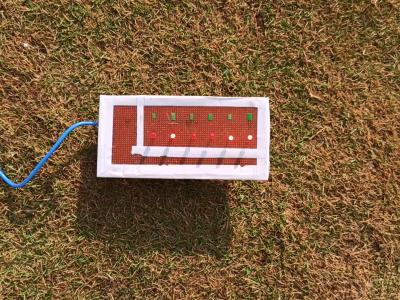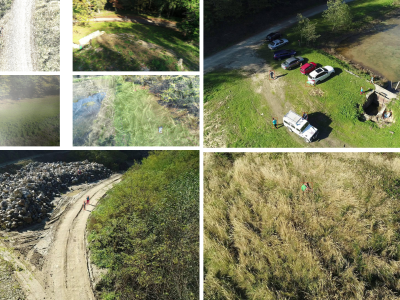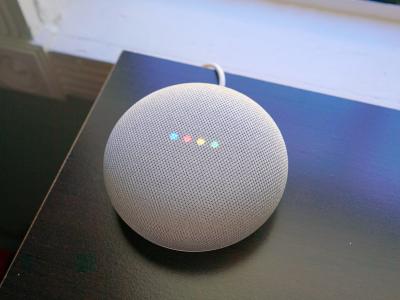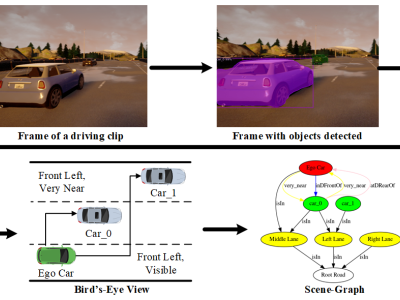
The LEDNet dataset consists of image data of a field area that are captured from a mobile phone camera.
Images in the dataset contain the information of an area where a PCB board is placed, containing 6 LEDs. Each state of the LEDs on the PCB board represents a binary number, with the ON state corresponding to binary 1 and the OFF state corresponding to binary 0. All the LEDs placed in sequence represent a binary sequence or encoding of an analog value.
Dataset consists of image data of an experimental setup collected under different lighting conditions and various heights.
- Categories:





